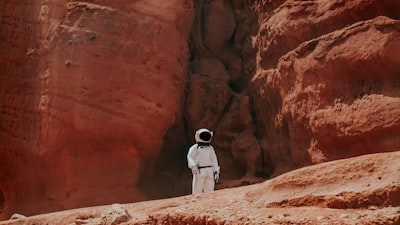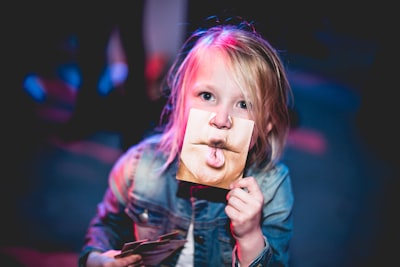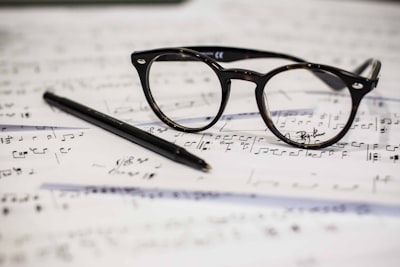An example of the influence of AI in the art industry is in the piece of art that was sold at Christie’s. This piece was created by AI through machine learning. The Portrait of Edmond Belamy was created by Pierre Fautrel and Gauthier Vernier from Hugo Caselles-Dupre who fed past data into an algorithm to teach it the past examples of the portrait. The AI system created a new art by itself. The portrait was recently sold at $432,500.
Artificial intelligence, like many other major technological developments, poses major questions about what it means for art. While AI is showing the potential to influence art significantly, it has also been criticized by some for its potential to wrestle art from human artists. One of the key questions that arise every time AI and art are linked together is whether the final product will really be thought of as art. However, the biggest question that arises is who will be the artist between artificial intelligence and human.
While computer programs that are intended to generate art have been there for many decades, it was not until recently that the programs became sophisticated with the potential to bring the desired visual outcome. The new developments that incorporate AI and machine learning technologies to give the computer more autonomy in image production are a step further in the right direction towards making art effective and accessible. This technology begins with selecting a collection of images and feeding them to an algorithm. A majority of AI artworks in existence today use algorithms known as generative adversarial networks (GANs). The GANs were first introduced by Ian Goodfellow in 2014. These algorithms are known as adversarial because there is one side of the algorithm which generates random images and the other that judges images and chooses the best ones that align with the input. An example is when an artist decides to feed generative AI algorithm portraits from the past 400 years. The artist has to sift through the output images and choose the ones he or she would like to use. This is called post-curation. In this process, the artist gets involved in both the pre- and post-curation processes where the algorithm can be tweaked to generate the output that is desired.
AI algorithms have advanced to an extent that the images they produce can surprise even the artists presiding over the process. However, there are still some challenges most of which are linked to deformities of faces. According to Daniel Berlyne, novelty, complexity, eccentricity and surprise are the most powerful stimuli in works of art. Therefore, the portraits generated from GAN and the resultant deformities are new, surprising and eccentric.
Although AI has played a significant role in creating works of art, human still has significant control over it. However, there is an increasing chance that machines will be programmed to ensure little or no human involvement. The artificial intelligence creative adversarial network (AICAN) could make this possible. This is a program that is nearly autonomous and can learn the existing styles and aesthetics before generating its own images. AICAN’s work is almost like human artists as it can distinguish images. The pieces of AICAN have been exhibited in different auctions across the world.
With this advancement in AI, it is expected that art will become more accessible than ever before. The speed of the creation of artwork will also increase and curation will be quick.












